I don’t know if you guys understand how time works, but I certainly don’t. Somehow it’s only FOUR DAYS until my new novel Remember You Will Die comes out, and when I think back on everything that has happened between the moment the idea to write a book of linked obituaries popped into my head (3.5 years ago) and now… I, well, I honestly feel like I’ve aged 20 years. If I look that way, don’t tell me.
But since we’re so close to pub day, we’re going to do things a little differently here in ol’ Newsletter Town, and focus on the bits of inspiration that fascinated me and kept me writing this book… as well as an interview (!!) with the designer of my book cover (!!) Erin Fitzsimmons! In fact, let’s start there:
Five (book-related) things I’ve liked in the last 3.5 years that you might also like:
If you’re at all interested in how book covers are made, you TOTALLY want to read this. Erin’s process is fascinating!
ER: What's so incredible about this cover, to me, is how thoroughly and beautifully it captures the content and vibe of the book, which is, um, a tall order. Can you tell me a little bit about your creative process and inspiration?
EF: I always try to read some of the manuscript—unfortunately, I manage too many projects to read them all, but I find it so important to have an internal sense of what the book is and how it will be experienced, beyond just how we as a team want to package it. I read all of Remember You Will Die, mostly because I just had to see where it would go next and how it would end!
While I’m reading, I highlight passages, take notes on key imagery, and start building a moodboard. The moodboard is one of my favorite parts because it really helps set the tone and inspiration for where I want the cover to go.
I also love to sketch (really terrible) thumbnails. They help me organize the random notes and ideas I have floating around my head, and they give me something to build from, which makes opening a blank InDesign document much less daunting.
These initial reading and concepting stages are my favorite part of the process—there’s so much possibility and potential for creativity.
ER: There were a lot of versions of this cover that were tested, and they were all VERY different! I'm curious if you had a favorite and if it was this one or a different one?
EF: I try not to have favorites because I know that often ends in heartbreak. That said, I loved the lightness and refinement of the final cover. It wasn’t trying too hard to tell you exactly what this book is (which would be impossible) but rather it was focused on giving you the feeling that you’ll have while reading it: a bit like you are afloat at sea, in a state of being that’s kind of neither here nor there in time or space. You need to be able to drift through the book to embrace it, and I hope that the cover sets the reader up for what they’re about to dive into.
ER: What's your favorite part of designing book covers? Typography, images, something else?
I mentioned the initial concept development stage is my favorite, but beyond that I equally love the combination of both typography and images. I get so giddy at the start of a project to start brainstorming imagery and concepts, but I also start on the typography very early on, as I’m sketching ideas and building the moodboard. I love when they can inform and inspire each other—that’s when the true magic happens!
The cover for Remember You Will Die is a perfect example of this—the title itself is so strong and impactful, I know we had to make that a central element and focus. The repeating and flipping words relate to the overlapping stories and time jumps in the book—nothing is straight forward and linear and therefore the title shouldn’t be either. But to let the title shine and convey that intention, we needed to find the right balance of imagery that would enhance the overall concept without detracting from its impact.
THANK YOU, ERIN!!
Erin Fitzsimmons is the Associate Creative Director of Fiction at Sourcebooks, with a passion for book design, typography, and hand-lettering. In her free time, she’ll read any mystery or true crime thriller she can get her hands on, but she loves designing book covers for a wide variety of genres. She would like Eden Robins to write her obituary.
And now, a few more tidbits of inspo:
There were a TON of inspirations for this book, and one of the very first was a documentary about the New York Times obituary desk, called Obit. This was the moment I thought - what if I did what these obit writers do, and write one obit from start to finish every day?
When cartoonist Lynda Barry was writing her amazing novel Cruddy, she had debilitating writer’s block. So she decided to pick up the humble yellow legal pad and a paintbrush and PAINT the words instead. I decided to follow her lead (you can’t go wrong following Lynda Barry’s advice) and I 100% found this to be true:
The trick seemed to be the very slowness of the process. I found that if I just concentrated on the sentence I was writing and didn’t try to think of what the next one would be, it seemed to be there anyway, like the way the ground is there for you when you take a walk.
I have the bad habit of thinking that watching old movies is like taking medicine. You know eventually you’ll be glad you did it, but it tastes like shit. Um, folks, one of the most mesmerizing movies I’ve ever seen is the 1928 silent film The Passion of Joan of Arc. Not only that, the more you dig into the film — how they did it, who was involved, what happened to it — the more fascinating and mysterious it becomes. I became a bit obsessed with the lead - Renee Falconetti - even going so far as to buy a defunct film magazine from eBay to read one of the only articles about her life. Her obituary, or lack of one, after being such a massive star, got me thinking about legacy and forgetting, and how we never truly know how or if we’ll be remembered.
And finally, one of the most fun parts of writing an obit a day was just seeing what struck my fancy on any given day. Sometimes these things made a big splash, other times they were just mentioned in passing. One of the small, quiet, secret foundations of this book started with this article about an apartment building full of artists in New York. I won’t say too much more, but this article hit me in the feels at just the right time, and I couldn’t stop thinking about it.
And finally…
Bonus Lewd Animal Fact:
I have had the honor of traveling to the deep sea in the Alvin submersible with my dear friend Craig McClain, who is an amazing scientist and guy. Craig also kindly answered my weird deep-sea questions for Remember You Will Die, and so for our lewd animal fact today, we’re going to check out some deep sea sex! (Which is apparently also a cocktail, who knew)
Er, actually not deep sea SPECIFICALLY, but I couldn’t resist the argonaut octopus, because they have detachable penises!
Specifically, it’s a specially adapted arm called a hectocotylus, “and there a little grooves on the arm that the sperm travels down and goes into the female's oviduct,” [marine biologist James] Wood said. “So it's not the penis. The penis is sort of inside the male, but that reproductive arm is used to transfer the sperm inside the female.”
As an amateur deep sea scientist with zero credentials, I personally say: if it looks like a penis and acts like a penis, IT’S A PENIS.
Okay folks! Thanks for indulging a bit of rank self-promotion! I hope you will read my book - I think it’s pretty nifty. You can still pre-order it and/or request it for your local library! Libraries are the best! Next month, back to your regularly scheduled silliness.



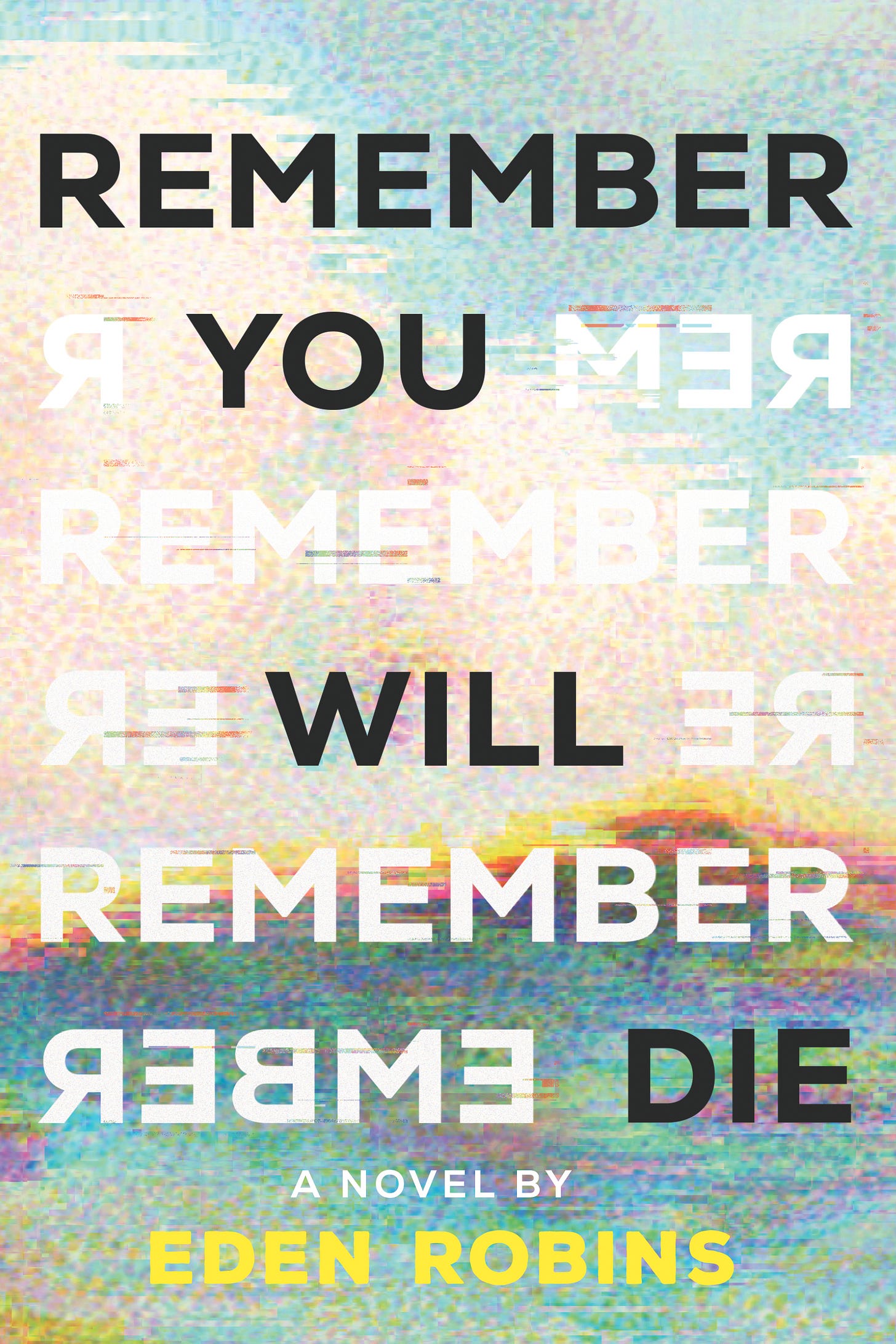
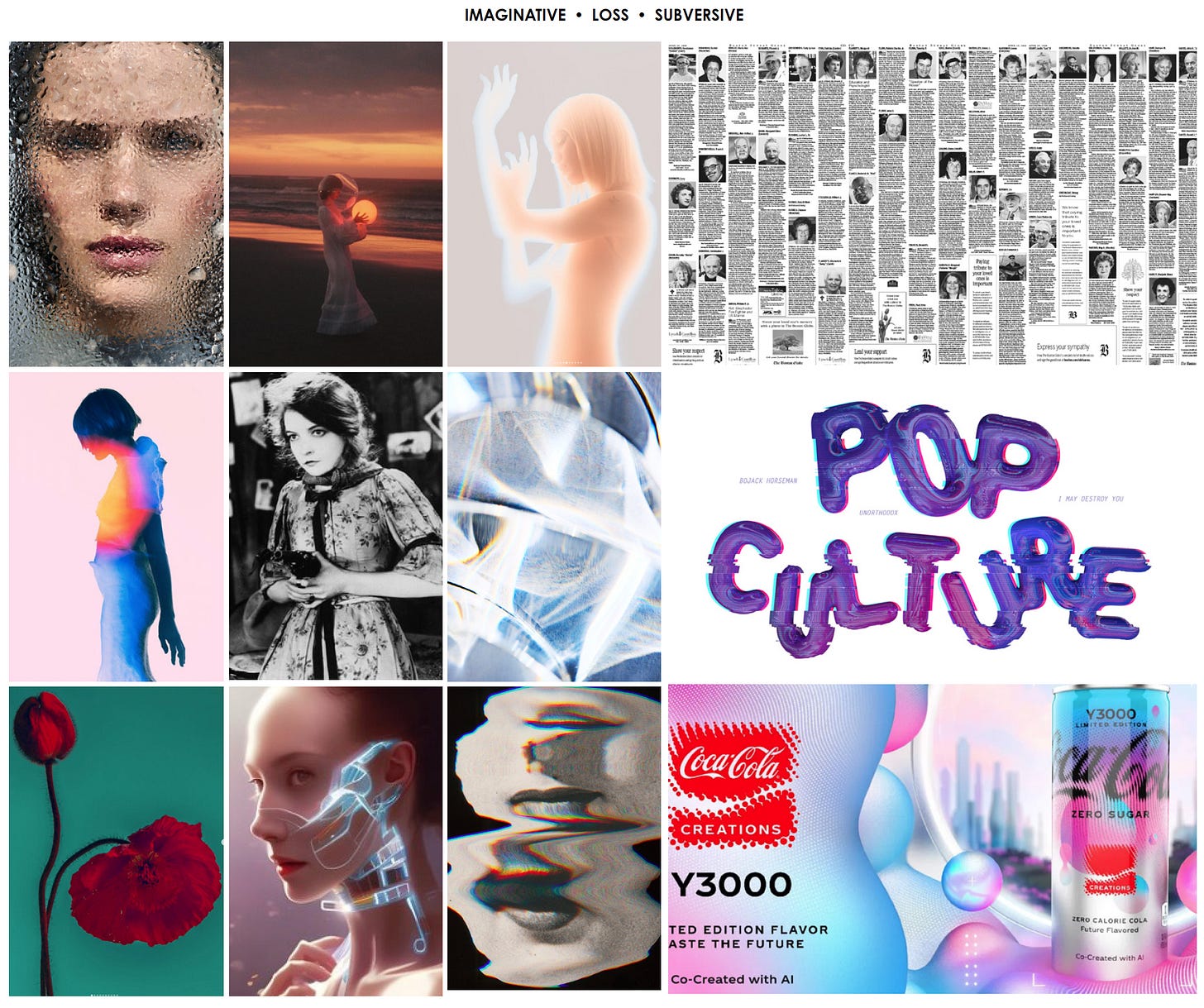
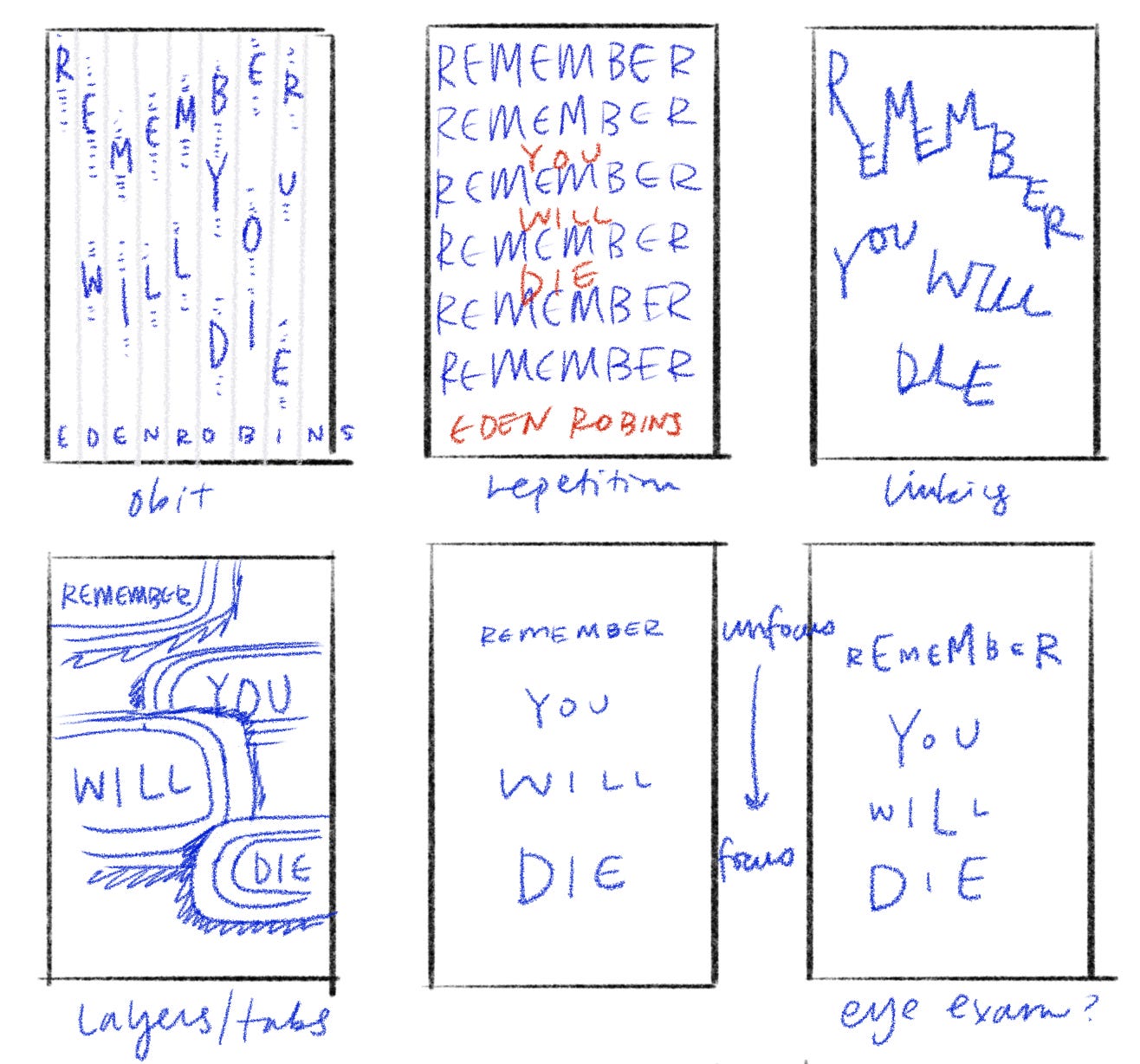
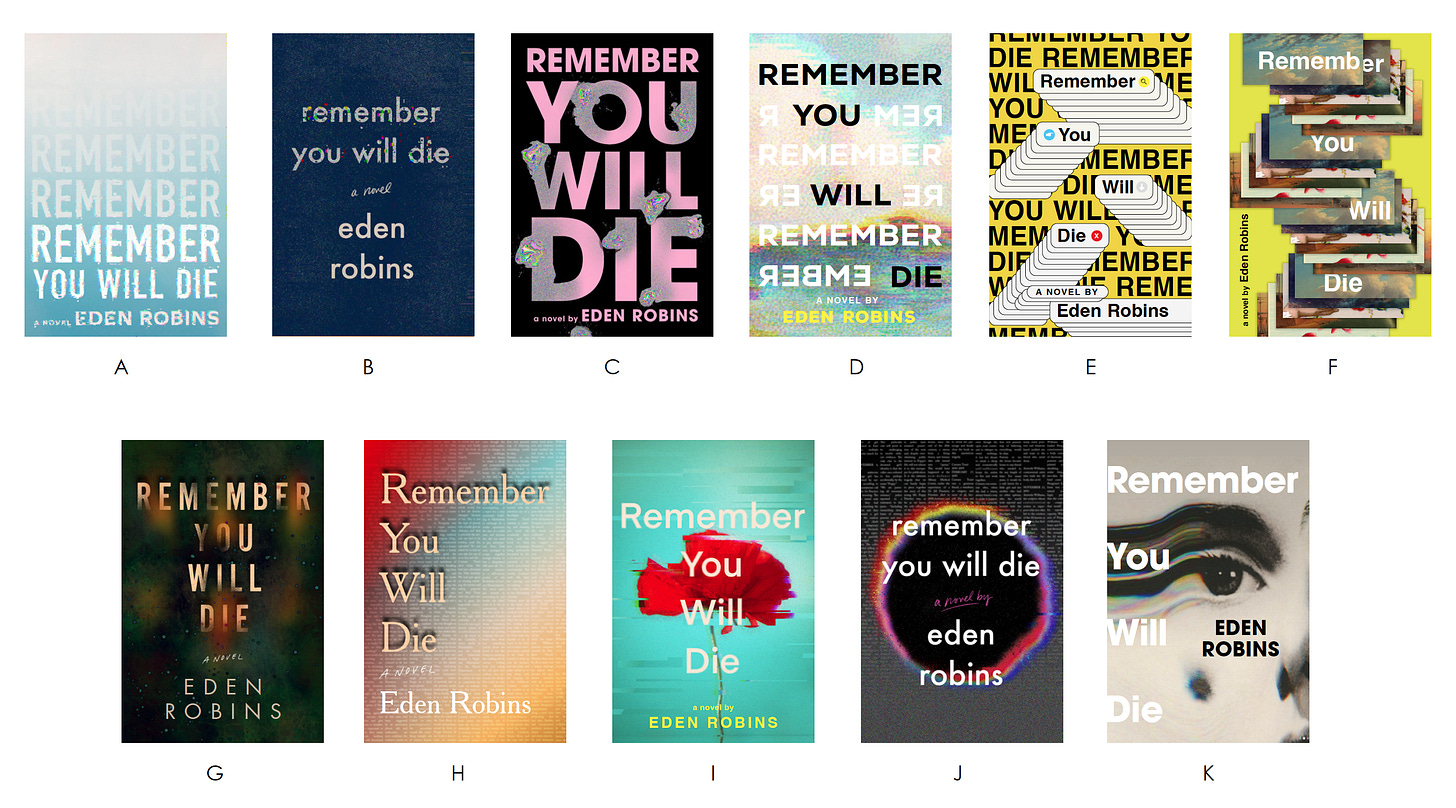


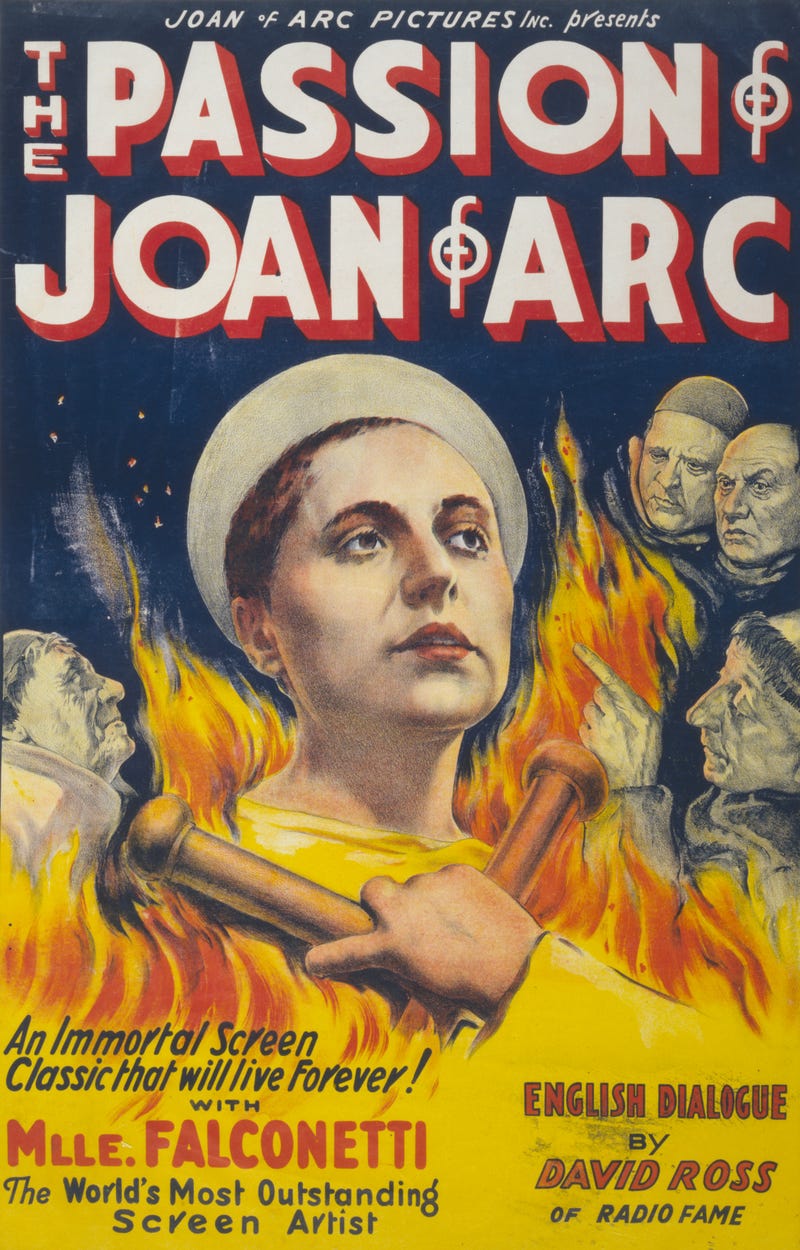
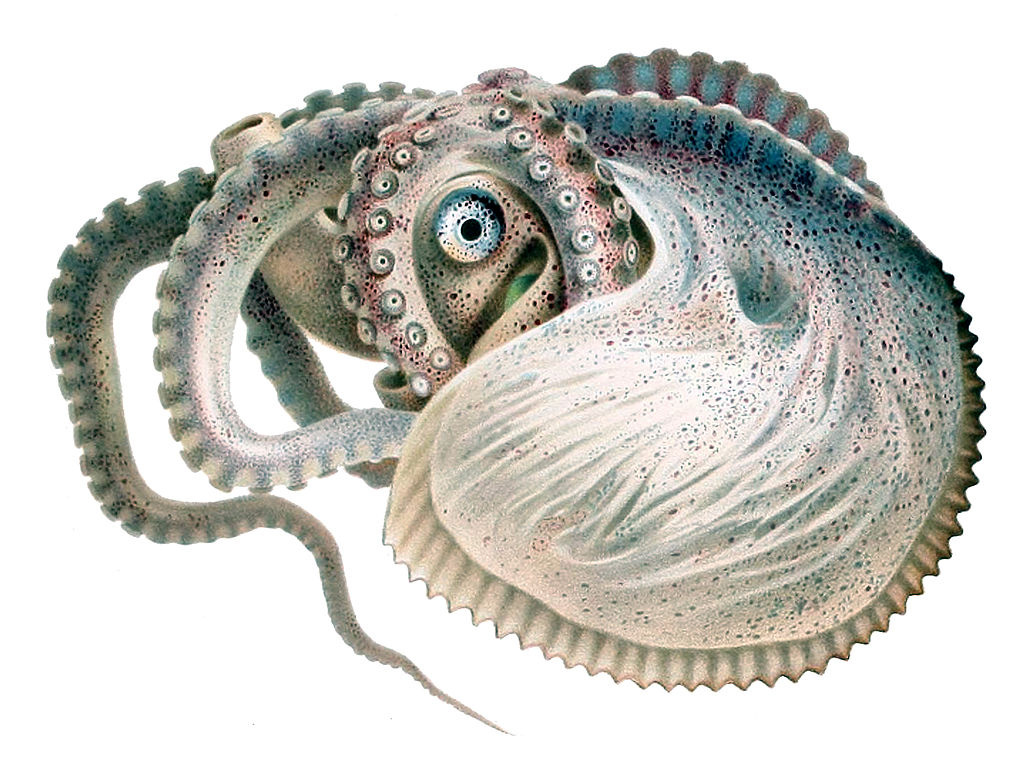
Please do not ever apologize for a Beastie Boys reference.
And yay for pub day!! Can't wait to read!
Ordered it yesterday!